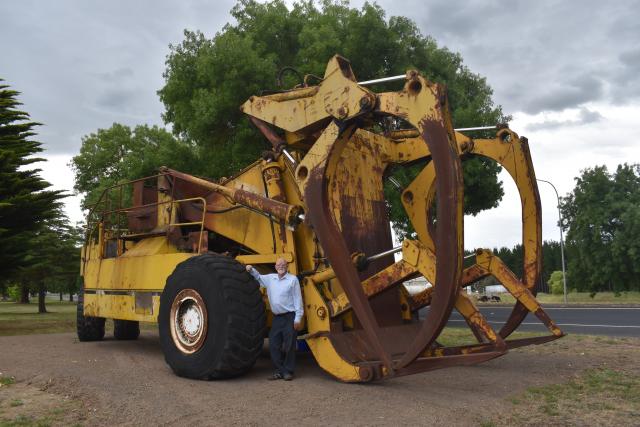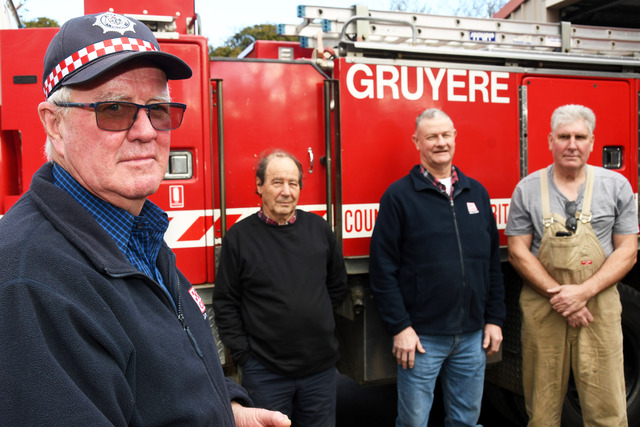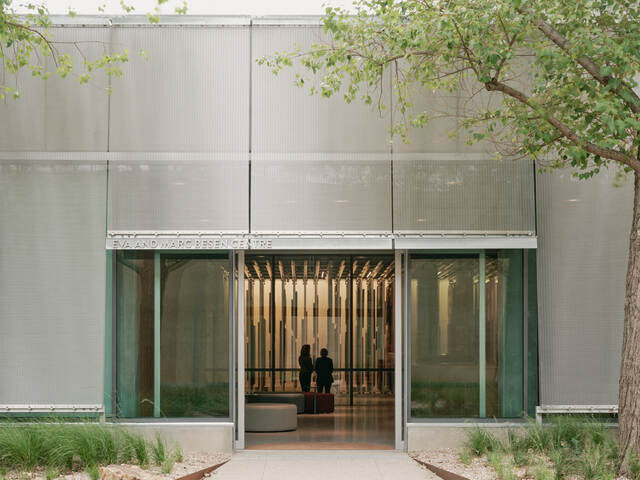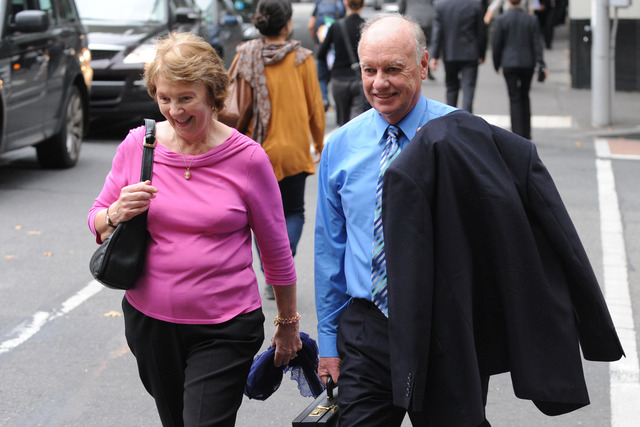The following is part two of a three-part opinion submission, detailing the history of forestry in Victoria, namely in Gippsland and the Central Highlands, submitted by freelance forestry writer Philip Hopkins.
The RFAs were about balancing conservation, biodiversity and socio-economic outcomes.
Each RFA involved at least 50 assessments of projects in disciplines ranging from biology and zoology to economics and sociology. Specific targets were set for the reservation of each vegetation type, old-growth forests and wilderness, while at the same time encouraging a secure 20-year resource for industry and encouragement for value-adding.
The five RFAs in Victoria (1998-2000) increased reserves by 36.5 per cent, establishing a comprehensive reserve system of 2.86 million hectares – more than 50 per cent of the total public land in the regions. The Central Highlands RFA added 116,000ha to the reserve system, an increase of 64 per cent, to 297,000ha, including a specific plan for the vulnerable Leadbeater’s Possum. The sustainable yield was calculated at 345,000m3/yr.
However, new satellite data altered the sustainable yield figures; it became increasingly clear that yield estimates were overstated. The situation was evaluated by Professor Jerry Vanclay of Southern Cross University in Lismore and Dr Brian Turner, who produced an overall report with a tentative estimated sustainable yield of 737,800 m3/year, a reduction of 11 per cent on the RFAs.
However, the Bracks Labor Government went ahead and instigated logging cuts. Professor Vanclay, speaking on Radio National on March 10, 2002, said the cuts were premature as more data was needed to better calculate the resource estimate. There was also some contention about the analysis from other experts, such as Professor Ferguson.
The Bracks cuts became the landmark policy, Our Forests Our Future, in 2002, which reduced saw log supply levels by 31 per cent to 567,500 m3/yr and promised industry access to 10 per cent of the state’s timber. However, no allowance was made to leave ‘fat in the system’ to cater for fires.
Key events since OFOF included:·
– At the 2003 election, the Bracks Government unilaterally created a National Park in the Otways, effectively tearing up the West RFA that it signed in March 2000 promising the industry 20 years’ timber supply. The Vanclay report had deemed Otways’ logging sustainable. Industry received no replacement forest, apart from a small, ineffective plantation. The investment climate was badly dented. A Latrobe Valley logging contractor stood as an independent in the safe Labor seat of Morwell, where the sitting Labor MP scraped home.
– VicForests was created in 2004 with the task of selling native forest timber at auction and rehabilitating forest coupes.·
– In 2006-07, the Bracks Government, backed by the Liberal Opposition, put 45,000 hectares in East Gippsland in reserves, with no replacement forest for industry.
– In 2009, the Brumby government reconfirmed OFOF with a timber strategy that guaranteed supply contracts of up to 20 years from VicForests.·It guaranteed industry a ‘working forest area’ of 730,000h, or 9 per cent of Victoria’s total forest resource.
– Over a decade, massive fires burnt out about four million hectares of forest, most in Gippsland and much in reserve areas, leading to huge cutbacks in the timber resource.· Billions of animals died in the bushfires.
– By 2013, VicForests’ medium-term resource outlook was for 132,000m3 a year of D+ ash sawlogs and 100,000m3 per year of mixed species D+ sawlog – about 230,000m3 per year.
The fires prompted the Leadbeater’s Possum to be officially designated as ‘critically endangered’. To protect the possum, environmentalists campaigned for a Great Forest National Park that would stretch east of Melbourne to north of the Latrobe Valley.
In 2013, an advisory group of Zoos Victoria and industry recommended a plan to support the possum and a sustainable timber industry. This included improved fire management, excluding timber harvesting within 200 metres of known colonies and within 100 metres of old-growth forests, deferring harvesting from high-quality potential habitats, and doing surveys to identify new colonies.
A 2016 report by the Victorian Environment Assessment Council found that causes of the Ash saw log decline included 22,000m3 due to the impact of measures to protect the possum and 43,000m3 due to the expected future impact of possum-protected measures. VEAC warned about the impact of climate change but said VicForests’ wood supply modelling was sound and the sustainable harvest levels were reasonable.
Surveys subsequently showed thousands of possums had been found in the Central Highlands, with 688 known colonies detected – 535 since the more intense surveys started – mainly in production areas. Little surveying was done in protected areas, but possums were found in post-harvest regrowth. A peer-reviewed study found the possum further east than previously detected.
A review by the Department of the Environment of the surveys argued that changing to forest landscape planning – the approach taken in Europe and the basis of the National Forestry Statement and RFAs – was the best way to manage endangered species such as the possum. Policy should be based on an assessment of the species in the broader forest context, not on an individual coupe basis. This report disappeared into the bowels of the environmental bureaucracy and was never acted upon.
To be finished in the 30 January edition of the Star Mail.







